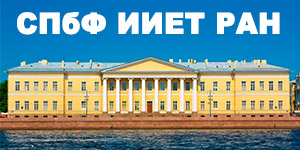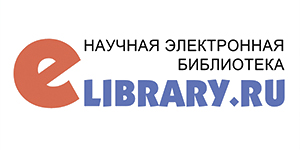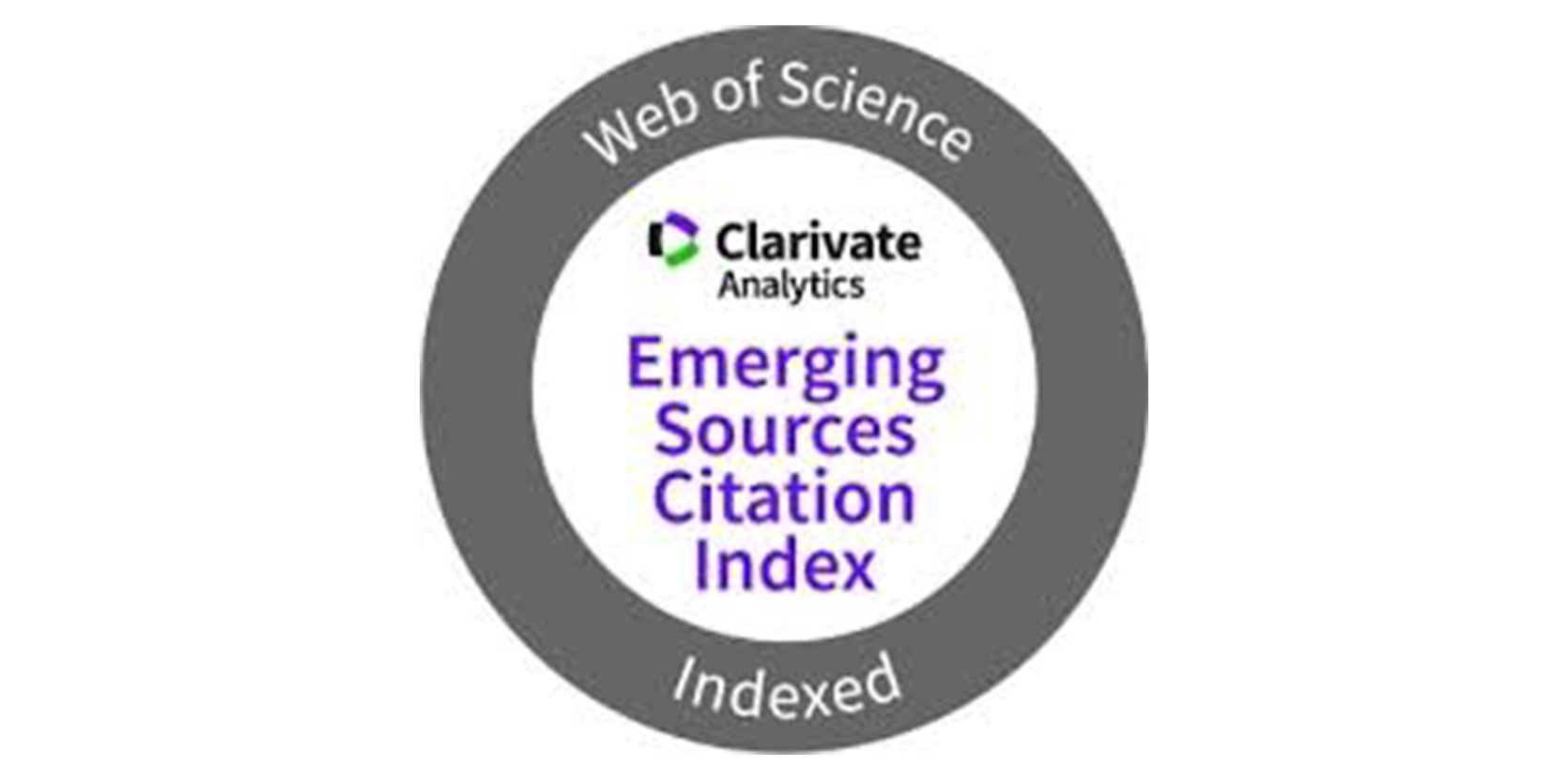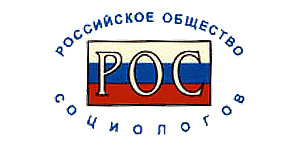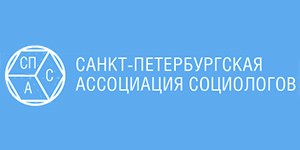Лысенкоизм как «белое пятно» в «социальной истории науки». Часть 3. В зеркале энциклопедий и справочников
Михаил Борисович Конашев
Санкт-Петербургский филиал Института истории естествознания и техники им. С.И. Вавилова РАН
КЛЮЧЕВЫЕ СЛОВА:
ЛЫСЕНКОИЗМ, ОБРАЗОВАНИЕ, НАУЧНЫЕ ИНСТИТУТЫ, ОБЩЕСТВО, ГОСУДАРСТВО, LYSENKOISM,EDUCATION, SCIENTIFIC INSTITUTES, SOCIETY, STATE
АННОТАЦИЯ:
В третьей, заключительной части статьи представлены результаты исследования сведений об основной и наиболее активной группе лысенкоистов, которую составляли 26 человек, чаще всего публиковавшихся в журнале «агробиология». из тех 20 человек, чьи даты рождения известны, 6 человек родились в самом конце XIX в. (в 1895-1900 гг.), а 14 человек – в самом начале XX в. (в 1901-1910 гг.). Известно социальное происхождение лишь 6 человек: по 1 человеку родились в семье священника, сельского интеллигента, служащего, разнорабочего, и, предположительно, дворянина. В семье крестьянина родилось 2 человека. из 17 человек, о которых есть сведения о месте их рождения, за исключением 1 человека, все родились в глухой провинции, причем большая часть, 11 из 17 человек, родилась на национальных окраинах российской империи. Высшее или среднее образование большинство из них получило в провинциальных, главным образом сельскохозяйственных учебных заведениях. Профессионально они стали научными работники также в области сельского хозяйства: в основном это были селекционеры и физиологи растений, к тому же занимавшиеся частными вопросами и фактически не разбиравшиеся в генетике, так как во время их обучения генетика еще формировалась как наука и только начинала преподаваться. Специфика быстрого взлета их научной карьеры заключалась в том, что он происходил преимущественно через прикладные, в основном сельскохозяйственные институты УССР, Армянской, Азербайджанской и Грузинской союзных республик, и в первую очередь через одесский селекционно-генетический институт. тем не менее, именно эта провинциальная группа заняла господствующее положение в советской биологии и сохраняла его с 1948 по 1964 г. Эта группа не совпадает с той совокупностью лысенкоистов, которые упомянуты в критических работах о лысенкоизме, и с той основной массой лысенкоистов, которые публиковались в журнале «агробиология» («яровизация» в 1935-1941 гг.), но она являлась её ядром и руководящей силой, а также главным выгодополучателем.
ОПИСАНИЕ НА АНГЛИЙСКОМ ЯЗЫКЕ:
Lysenkoizm as “a white spot” in “social history of science”. Part 3. In a mirror of encyclopedias and reference books.
Konashev Mikhail B.
S.I. Vavilov Institute for the History of Science and Technology, Russian Academy of Sciences
In the third, final part of article results of the research of information about the main and the most active group of lysenkoist of 26 people most often published in the magazine “Agrobiology” are presented. From those 20 people whose dates of birth are known, 6 people were born in the very end of the 19th century (1895-1900), and 14 people were born in the very beginning of the 20th century (1901-1910). The social origin of only 6 people is known: on 1 person were born in family of the priest, the peasant, the rural intellectual, the employee, the general worker, and, presumably, the nobleman. From 17 people about whom there are data on the place of their birth except for 1 person, all were born in the deaf province, and the most part, 11 of 17 people, was born on national suburbs of the Russian Empire. Most of them got the higher or secondary education in provincial, mainly agricultural educational institutions. Professionally they became scientific workers also in the field of agricultural industry: generally they were the selectors and physiologists of plants besides they were dealing with particular issues and actually not understanding genetics since during their training the genetics was still formed as science and only began to be taught. Their fast scientific career happened mainly through applied, generally agricultural institutes of USSR, of Armenian, Azerbaijani and Georgian republics, and first of all through Odessa (then All-Union) selection and genetic institute. Nevertheless, this provincial group reached a dominant position in the Soviet biology and kept it from 1948 to 1964. This group does not coincide with that set of lysenkoist who are mentioned in critical works on lysenkoizm, and with that bulk of lysenkoist who were published in the magazine “Agrobiology” (“Yarovization” in 1935-1941), but it was its kernel and the leading force and also the main beneficiary.
